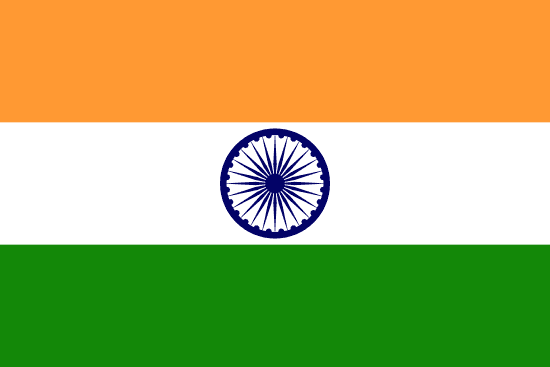"Nalanda: Vidya Ki Nagri | Nalanda: The City of Knowledge"
About:
Nalanda, an ancient center of higher learning in Bihar, India, was established in the 5th century CE. Renowned for its university, it attracted scholars from around the world until its destruction by invaders in 1193. The site was rediscovered in the 19th century and excavations revealed extensive ruins. In 2010, the Nalanda University was revived, and in 2016, the ruins were declared a UNESCO World Heritage Site. Today, Nalanda continues to be a symbol of India's rich educational heritage.
When to visit:
Nalanda, a historical site located in the Indian state of Bihar, is best visited during the winter months of November to February. During this time, the weather is pleasant with clear skies, making it ideal for exploring the ancient ruins and architectural marvels of the Nalanda University. The winter season also coincides with several cultural festivals and events in the region, offering visitors a chance to immerse themselves in the local traditions and customs. To avoid the scorching heat and monsoon rains, it is advisable to plan your trip to Nalanda during the winter season for a comfortable and memorable experience.
When to avoid:
The worst time to travel to Nalanda, India on a holiday is during the monsoon season, which typically occurs from June to September. During this time, the region experiences heavy rainfall and frequent thunderstorms, leading to potential travel disruptions and difficulties exploring outdoor attractions. The wet weather can also result in muddy roads and limited visibility, making it less than ideal for sightseeing. Travelers are advised to plan their trip to Nalanda outside of the monsoon season to fully enjoy the historical and cultural treasures this ancient city has to offer.
Winter Season (Dec-Feb)
In Nalanda, the wettest portion of the year is from June to September during monsoon season. Average temperatures range from 25°C to 35°C. Rainfall is abundant, averaging around 300mm per month. Sunlight is limited due to heavy cloud cover. The humidity is high, often exceeding 80%. An average day for a visitor would involve intermittent showers and cloudy skies. The air is moist, and the landscape lush and verdant. Despite the rain, it's a great time to visit for those who enjoy cooler temperatures and fewer crowds.
Summer (April–June)
Nalanda, located in India, experiences its warmest part of the year from April to June. During this period, temperatures typically range from 30°C to 40°C (86°F to 104°F). These months are characterized by moderate rainfall, with occasional pre-monsoon showers contributing to the humidity, which can exceed 60%.
Sunlight is abundant, with the region enjoying around 12-13 hours of daylight per day. Cloudiness varies, but clear, sunny days are more common, especially in the early part of this warm period. As the season progresses towards June, cloud cover increases due to the impending monsoon season.
For a visitor, a typical day in Nalanda during the warmest part of the year starts off quite hot and becomes increasingly humid as the day progresses. Afternoons can be particularly intense with high temperatures. Despite the heat, the ample sunlight provides great opportunities for sightseeing and exploring the historical sites. However, it's advisable to stay hydrated and take breaks during the hottest parts of the day. The occasional rainfall can bring temporary relief from the heat but also increases the humidity.
Language:
In Nalanda, a city in the eastern Indian state of Bihar, the most commonly spoken language is Magahi, also known as Magadhi. This Indo-Aryan language is native to the region and is spoken by a significant portion of the population. Hindi, the official language of India, is also widely spoken and understood. English is used in educational and professional settings.




